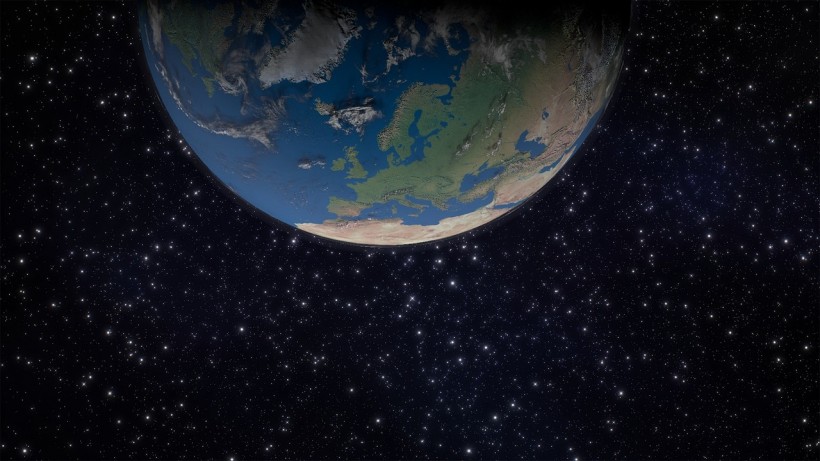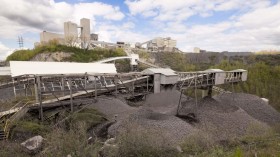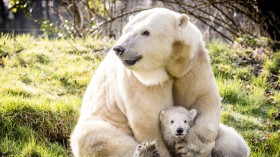Did you know that there are currently 162 satellites measuring various global warming indicators, and over half of the essential climate variables can only be effectively measured from space?
Space technology has evolved over time to play a crucial part in safeguarding and sustaining our planet, going beyond its traditional applications in space exploration and scientific research.
Valuable information about the Earth's atmosphere, land, oceans, and climate is gathered using satellites and cutting-edge instruments.
How Can Space Technology Help Our Planet?
The New Space Economy is a societal opportunity of the 21st century, teaches us a current master in space entrepreneurship, and its tremendous potential to positively impact our planet in various ways is yet to flourish.
This collective effort encouraged by space technology inspires individuals, governments, and organizations to unite in their commitment to safeguarding Earth and striving for a sustainable future.
From addressing environmental challenges to advancing sustainable technologies, the New Space Economy can play a pivotal role in protecting and preserving Earth. Driven by the rapid expansion of commercial space ventures and innovations, it conducts sustainable space activities and utilizes Earth observation and monitoring, connectivity and information access, and resource management contributing to climate change mitigation, natural disaster management, debris removal, etc.
Preventing Wildlife Crime
AI cameras are revolutionizing the fight against wildlife crime, offering a powerful and innovative solution to protect endangered species and preserve biodiversity. These state-of-the-art cameras, equipped with artificial intelligence capabilities, can automatically detect and identify illegal activities in wildlife habitats.
By leveraging advanced algorithms and machine learning, the AI cameras can discern between poachers, hunters, and legitimate researchers or tourists, allowing for swift and targeted responses to potential threats.
Monitoring Weather Patterns
Using space tech for tracking weather patterns allows for a comprehensive and global understanding of meteorological phenomena, providing real-time data and accurate forecasts that are crucial for disaster preparedness, climate studies, and informed decision-making.
NASA launched the Ice, Cloud, and Land Elevation Satellite-2 (ICESat-2) spacecraft in 2018, representing a significant example of advancements in space technology.
The preceding ICESat mission already demonstrated critical findings on the decline of sea ice and the alarming disappearance of ice cover in coastal regions of Greenland and Antarctica. To build on this crucial research, NASA developed the ICESat-2 to provide even more detailed and comprehensive data on the changes in ice cover throughout the year.
These next-generation satellite observations hold the potential to enhance predictions for rising sea levels, as well as improve our understanding of global weather patterns and climate dynamics.
By harnessing the information from ICESat-2 and similar advanced satellites, scientists aspire to make significant strides in addressing environmental challenges and fostering better-informed decision-making for a sustainable future.
"Internet of Animals"
The International Co-operation for Animal Research Using Space (Icarus) project aims to establish an "internet of animals" by deploying a satellite on the International Space Station (ISS). This innovative initiative involves equipping birds and animals with tiny transmitters on their backs to monitor their migratory patterns. The transmitted data is relayed from the satellite to the ISS and then down to a ground station.
By compiling this comprehensive information on animal life, scientists envision the potential to extend the application of this technology to transmit other crucial environmental data in the future.
Smart Farming
Satellite imagery and climate data have been harnessed to support various sectors, including agriculture and industry, offering invaluable benefits to local communities. Initiatives like Digital Earth Africa utilize the Open Data Cube and Amazon Web Services to enhance the accessibility of global satellite data and demonstrate its potential in addressing social and economic disparities.
By leveraging this information, farmers can enhance their agricultural practices, leading to increased crop yields and reduced hunger. Additionally, the data aids in tackling issues like unregulated mining and its cascading impacts while also identifying new avenues for economic growth and development in underserved regions.
Through the convergence of satellite data and innovative technology, these efforts contribute to fostering more sustainable and equitable outcomes for society at large.
Fight Against Climate Change
Frontier technologies have emerged as powerful allies in the ongoing battle against climate change, presenting a new wave of opportunities and solutions. Among these cutting-edge advancements, Space 2.0 systems hold immense promise, alongside innovations like artificial intelligence (AI), 5G, the Internet of Things (IoT), and robotics.
Space 2.0 systems, characterized by advanced satellite technology and space exploration, enable a deeper understanding of Earth's climate and environmental processes. These systems facilitate more precise monitoring of climate-related data, such as greenhouse gas emissions, deforestation, and ocean temperatures. By equipping scientists and policymakers with real-time and comprehensive information, Space 2.0 empowers evidence-based decision-making for mitigating climate change.
In the vast expanse of the cosmos, planet Earth remains a unique and precious abode, teeming with life and sustaining human civilization. As we venture into the future, safeguarding our planet has become an increasingly urgent task. It is now crucial to use space technology's potential to safeguard our fragile planet as a result of the rise of global challenges like climate change, natural disasters, and space hazards.
© 2024 NatureWorldNews.com All rights reserved. Do not reproduce without permission.
* This is a contributed article and this content does not necessarily represent the views of natureworldnews.com






